- Archive (pre-2016)
Study on SA plastics packaging resource recovery sector (2013)
Executive Summary: Zero Waste SA is seeking to improve its understanding of the waste plastics packaging sector in South Australia with a view to developing strategies to support implementation of the Environmental Protection (Waste-to-Resources) Policy 2010 (W2REPP). This study is the first stage in achieving this objective. This study has: Identified and described the key attributes of plastic packaging and its life cycle, including how it becomes a waste material and is recovered for recycling in South Australia. Provided a detailed picture and understanding of current and future quantities of plastic packaging being consumed, resource recovered, re-processed and disposed of to landfill in South Australia. Through consultation with industry stakeholders, including brand owners and packaging manufacturers, identified and described the key challenges and opportunities for South Australia in improving current resource and recovery rates for plastic packaging. The main conclusions of this study are as follows. South Australia recovers 13,000-15,000tonnes/yr of plastic packaging for recycling from 40,000- 50,000tonnes/yr of plastic packaging material consumed – a recovery rate of about 25-30% for this material. Over the next 10yrs these volumes of recovered plastic packaging may increase substantially (e.g. nearly double) because of the W2REPP requirement that all metropolitan Commercial & Industrial waste is subject to resource recovery before disposal to landfill. Imported plastic packaging could be a growing contributor to waste plastics packaging quantities being collected in South Australia, which may not be reflected in current national survey statistics for plastics consumption and recycling. This recovery rate for plastics packaging in South Australia, whilst considered low, is relatively good when compared with the performance of most other Australian states and territories. The recovery rates in South Australia between different packaging polymers, however, vary widely. For some polymers, such as PVC and PS, there is almost negligible resource recovery being achieved. About 30-40% (i.e. ca. 5,000tonnes/yr) of the recovered plastic packaging is re-processed in South Australia, with the remainder exported for re-processing interstate or overseas. Thus, there is considerable scope for South Australia to improve its recovery rate of plastic packaging, as well as expand its local re-processing capability. However, there are number challenges confronting South Australia in achieving this outcome. These challenges can be overcome by exploiting opportunities identified by this study.
Download




